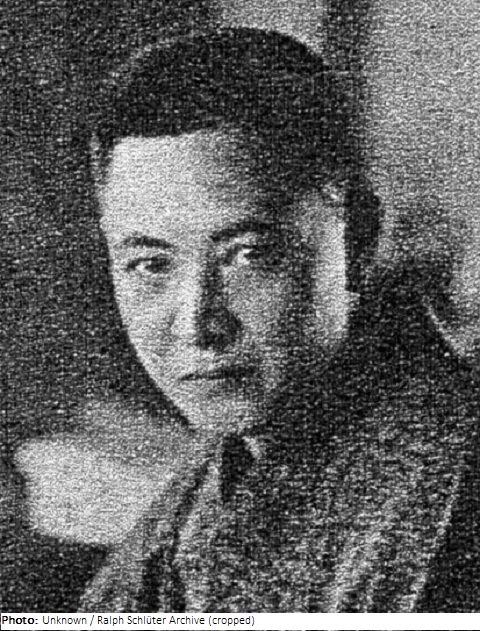Chikatoshi Enomoto

Biographical information
| Roles | Competed in Olympic Games |
|---|---|
| Sex | Male |
| Full name | Chikatoshi•Enomoto |
| Used name | Chikatoshi•Enomoto |
| Original name | 榎本•千花俊 |
| Other names | 榎本 親智 |
| Born | 3 March 1898 in Akasaka, Tokyo (JPN) |
| Died | 30 March 1973 |
| NOC |  Japan Japan |
Biography
Tokyo-born Japanese painter Chikatoshi Enomoto was introduced to Shimei Terashima in 1913 and became a student of Kiyokata Kaburagi in 1916. Together with fellow students Enomoto started presenting his works in 1918 at regional exhibitions, and graduated from the Tokyo School of Fine Arts in 1921. During the following years, he was a regular exhibitor at the state-controlled Emperor’s Exhibitions and was awarded prizes in 1922 and 1928 for Yōga style paintings of modern girls called bijinga. He continued to take part in the Emperor’s ,and later the New Bunten, Exhibitions during the 1930s and 1940s.
One of his most famous paintings is Beauty Under Cherry Blossoms. Concurrently, Enomoto also attended private exhibitions of Kaburagi’s Kyodo-kai and Shinsui Ito’s Seikin-kai, known for their avant garde style. In 1946 he was appointed as a juror for the The Japan Fine Arts Exhibition, also known as Nitten. His works were far from traditional and an essential element of his art was the often awkward mixture of Japanese customs with Western modernity. He also became known for his unique use of colors (especially reds) and for applying metallic pigments to the surface of the painting. Later Enomoto also produced still lifes. He was also commissioned to paint murals, notably in 1936 commemorating the marriage of the Japanese Prince Chichibu and in 1962 for a hotel in Tokio. In the catalog, his painting Play in Garden comes with the addition “Golf”. This excludes respective motifs with other games and sports.
Results
| Games | Discipline (Sport) / Event | NOC / Team | Pos | Medal | As | |
|---|---|---|---|---|---|---|
| 1932 Summer Olympics | Art Competitions |  JPN JPN |
Chikatoshi Enomoto | |||
| Painting, Unknown Event, Open (Olympic) |